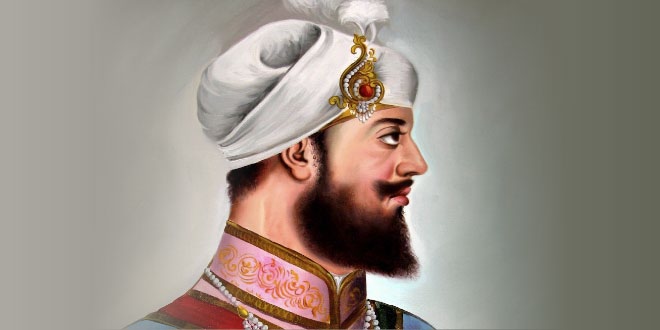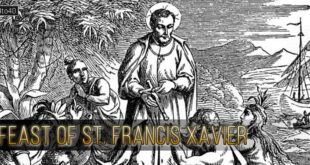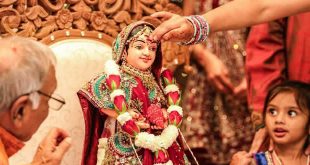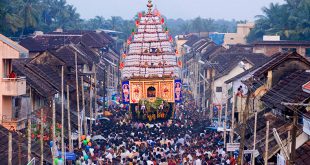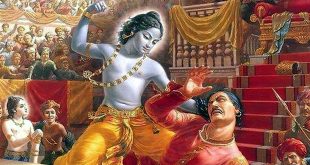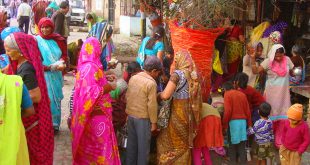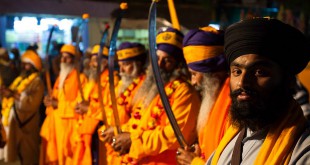Guru Hargobind Singh Jayanti: Guru Hargobind (19 June 1595 – 28 February 1644) – sixth of ten Gurus of the Sikh religion. Become Guru at age of eleven, after execution of his father, Guru Arjan, by Mughal emperor Jahangir.
Sikhism was started in Punjab by Guru Nanak in the late 15th century and the followers of this religion are known as the Sikhs. Out of ten million Sikhs in India majority are centered in Punjab.
The word Sikh means disciple. They are the disciples of their ten Gurus, namely, Guru Angad (Guru 1539-52), Guru Amar Das (Guru 1552-74); Guru Ram Das (Guru 1574-81); Guru Arjan (Guru 1581-1606); Guru Hargobind (Guru 1606-44); Guru Har Rai (Guru 1644-61); Guru Harkrishan (Guru 1661-64); Guru Tegh Bahadur (Guru 1664-75) and Guru Gobind Singh (Guru 1675-1708).
Guru Hargobind Singh was the sixth guru of the Sikhs. Guru Hargobind Sahib was born at village Guru Ki Wadali in Amritsar district on Harh Vadi 7th (21 Harh), Samvat 1652 according to Nanakshahi calendar that corresponds to 19th June, 1595 as per Gregorian calendar.
Guru Ki Wadali, Amritsar District, Punjab
Guru Hargobind Singh Sahib succeeded Guru Arjan Dev Ji Sahib in 1606 when he was just eleven years old.
Guru Hargobind Sahib carried two swords which are the symbols of shakti (power) and bhakti (meditation). One sword was called ‘Piri’ that was for Spiritual authority and the other for martial Power called ‘Miri’. Riding, hunting, wrestling and scores of other martial sports were introduced. Dhadd-players used to sing the martial songs like ‘Vars’ to motivate the Sikhs of heroic deeds.
Thus, Sikhs became a military force and always continuously on feet to safeguard their independence.
Guru Sahib gave preaching and praying to the Sikhs and discussions were held on the problems of the Sikh nation. It was insisted that they should resolve their own disputes on their own thus contributed in strengthening the Sikh nation.
Thousands of Sikhs visit the Golden Temple to celebrate the ordination day or ‘Gurgaddi Divas‘ of Guru Hargobind Sahib on Guru Hargobind Jayanti. Devotees take a dip into the lake surrounding the most revered Golden Temple; they consider the water of river equal to nectar.
Guru Hargobind spent last few years of his life in Kiratpur Sahib and finally his soul departed in 1644. His major contribution to Sikhism is seen by transforming the Sikhs into soldier-saints.
New Katha 2017 | Jivani Sri Guru Hargobind Sahib Ji | Giani Santh Singh Ji Maskeen | Fateh Records
Significance: Guru Hargobind Singh Jayanti
The significance of Guru Hargobind Singh Ji and his Jayanti lies in several aspects:
- Military Leadership: Guru Hargobind Singh Ji was the first Sikh Guru to maintain a standing army (known as the Akal Sena) to defend the Sikh community against oppression and persecution. His emphasis on self-defense and martial training was a response to the challenging political environment of his time.
- Concept of Miri-Piri: He introduced the concept of Miri-Piri, which symbolizes the integration of spiritual and temporal authority. Miri represents political power and Piri represents spiritual authority. This concept underscores the idea that spiritual growth and religious practice should not be separated from one’s responsibilities in the world.
- Promotion of Sikh Identity: Guru Hargobind Singh Ji reinforced the distinct identity of Sikhs through the use of martial attire (including wearing two swords, symbolizing both spiritual and temporal authority) and encouraging Sikhs to maintain physical fitness and readiness for defense.
- Defense of Religious Freedom: He actively opposed religious intolerance and persecution, standing up for the rights of Sikhs and others to freely practice their faith. His leadership during a period of intense persecution under Mughal rule helped to strengthen the Sikh community’s resolve and resilience.
- Legacy of Leadership: Guru Hargobind Singh Ji’s leadership laid the foundation for the evolution of the Sikh community as a dynamic and self-sustaining religious and social entity. His teachings continue to inspire Sikhs to uphold values of justice, equality, and courage.
Legends:
Guru Hargobind Singh Ji is surrounded by several legendary accounts that highlight his courage, wisdom, and spiritual strength:
- Bandi Chhor Divas: One of the most famous legends associated with Guru Hargobind Singh Ji is the celebration of Bandi Chhor Divas, which coincides with Diwali. It commemorates the Guru’s release along with 52 princes from Gwalior Fort by Emperor Jahangir. It is said that the Guru agreed to be released only if the other unjustly imprisoned princes were also set free, demonstrating his compassion and concern for justice.
- Construction of Akal Takht: Guru Hargobind Singh Ji constructed the Akal Takht (Throne of the Timeless One) opposite the Harmandir Sahib (Golden Temple) in Amritsar. This symbolized the temporal authority of the Sikhs and served as a center for decision-making on matters of community and governance.
- Conflict with Mughal Authority: Guru Hargobind Singh Ji’s principled stand against the unjust policies of Mughal rulers, especially under Emperor Jahangir and later Shah Jahan, exemplifies his commitment to religious freedom and social justice. His military campaigns to defend the rights of Sikhs and others became legendary among his followers.
- Promotion of Martial Spirit: The Guru’s emphasis on physical fitness, martial training, and the use of arms for self-defense transformed the Sikhs into a community that was not only spiritually inclined but also capable of defending itself and its beliefs in the face of adversity.
Gurudwaras associated with Guru Hargobind Singh:
Historical Gurdwaras connected with Guru Hargobind ji:
- Gurdwara Bir Baba Buddha, Dist. Amritsar
- Gurdwara Guru Ki Wadali, Dist. Amritsar
- Gurdwara Guru Ka Mahal, Dist. Amritsar
- Sri Akal Takht, Amritsar
- Gurdwara Babeksar, Dist. Amritsar
- Gurdwara Lohgarh, Dist. Amritsar
- Gurdwara Daroli Bhai, Dist. Firozpur
- Gurdwara Chhevin Padshahi, Dist. Jalandhar
- Gurdwara Bath Sahib, Dist. Gurdaspur
- Gurdwara Damdama Sahib, Sri Hargobindpur, Dist. Gurdaspur
- Gurdwara Baba Atal, Dist. Amritsar
- Gurdwara Patal Puri, Kiratpur, Dist. Ropar
- Gurdwara Thara Sahib
- Gurdwara Guru Hargobind Sahib
- Gurdwara Gurusar Sahib Patshahi Chhevin
- Gurdwara Hargobindsar Sahib (NawabGunj)
- Gurdwara Patshahi Sixth Sahib (NawabGunj)
- Gurdwara Malla Sahib
- Gurdwara Patshahi Chhevin (Kangar)
- Gurdwara Manji Sahib
- Gurdwara Tabhsar Sahib
- Gurdwara Patshahi 6th, 9th and 10th Sahib
- Gurdwara Manji Sahib
- Gurdwara Degsar Sahib
- Gurdwara Gurusar Sahib (Manpur Khand)
- Gurdwara Patshahi Sixth Sahib (Nanakmata)
- Gurdwara Aaduporh Sahib
- Gurdwara Gurusar Sahib
 Kids Portal For Parents India Kids Network
Kids Portal For Parents India Kids Network
